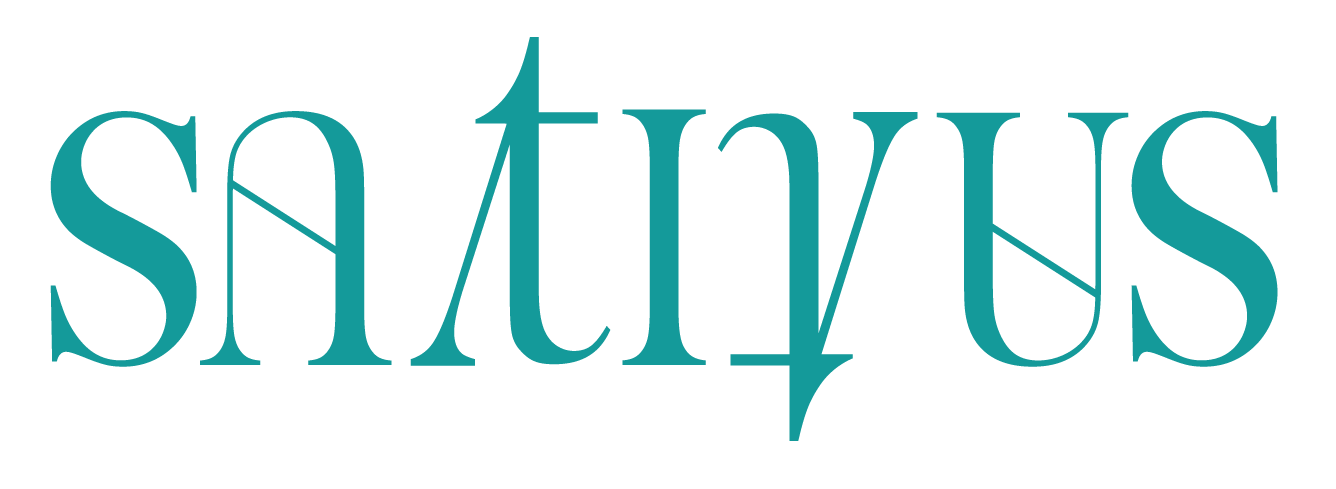Accessibility of Information – Example
If people can’t understand science, or they can’t find it, then the chances of your science being impactful are decreased. ‘Accessibility’ means people can find, understand and use information from your project at a time that suits them. For science to have impact, it has to be used.
Watch this short video to introduce you to the topic.
For people to find your information it must be in a place where they will find it when they are searching for it. Depending on the type of project, its information can be published in scientific journals, or other information channels like online and televised media.
Once people have found the information, they need to be able to understand it. This means that unless you are writing for a scientific audience, you need to write in a way that the majority of people can understand – high quality and written in easy-to-understand language. This is especially important if the end-user for the science is not a subject matter expert. Limit, or avoid, the use of technical jargon or acronyms that are not common or are difficult to understand, as it reduces the ability of the reader to understand the science. If the reader cannot understand the science, they will be less likely to use the science to change their current practice. It can be useful to develop key messages so that the main information you want to communicate is readily available, and forms the basis of all other communications about the science.
End-users (and other stakeholders) of a science project must be able to use the information once they find it. They need to know how it relates to them, which means you as the scientist must understand this too from the very beginning of a project. That way the end-user can easily understand how it relates to them and what they need to do with it to effectively change practice. Depending on the type of project, this can mean creating communication materials (deliverables) for the project other than a final report. For example, turning the information into a how-to guide or booklet that clearly outlines the steps required for the end-user to effectively change practice, or making clear recommendations about what science is needed next to make progress towards something that can be used. A single project can have multiple outcomes, multiple benefits to different types of end users, that all need to have accessible, usable information provided to them for your science to have impact.
The information must also be communicated at a time that best suits the end-user. This is to make it easier for them to understand why the information is important and how to use that information. For example, if the outcome of the project was specific to a season, like summer, then the information may need to be communicated before summer, so they have time to change practice by integrating the outcomes from your projects in time for summer.
- Define ‘accessibility’.
- Explain how good communication can impact the success of your research.
- Think about a research project you have worked on recently. Using this knowledge, complete the table:
| Groups who would benefit from or be interested | What do they need from the science | How will you communicate with this group |
- Summarise the purpose of your science.
- Review your summary above, highlight and translate any jargon and technical language and rewrite the summary, removing all the highlighted words.
- Explain what you can do to increase the way people find, understand, and use your information.
